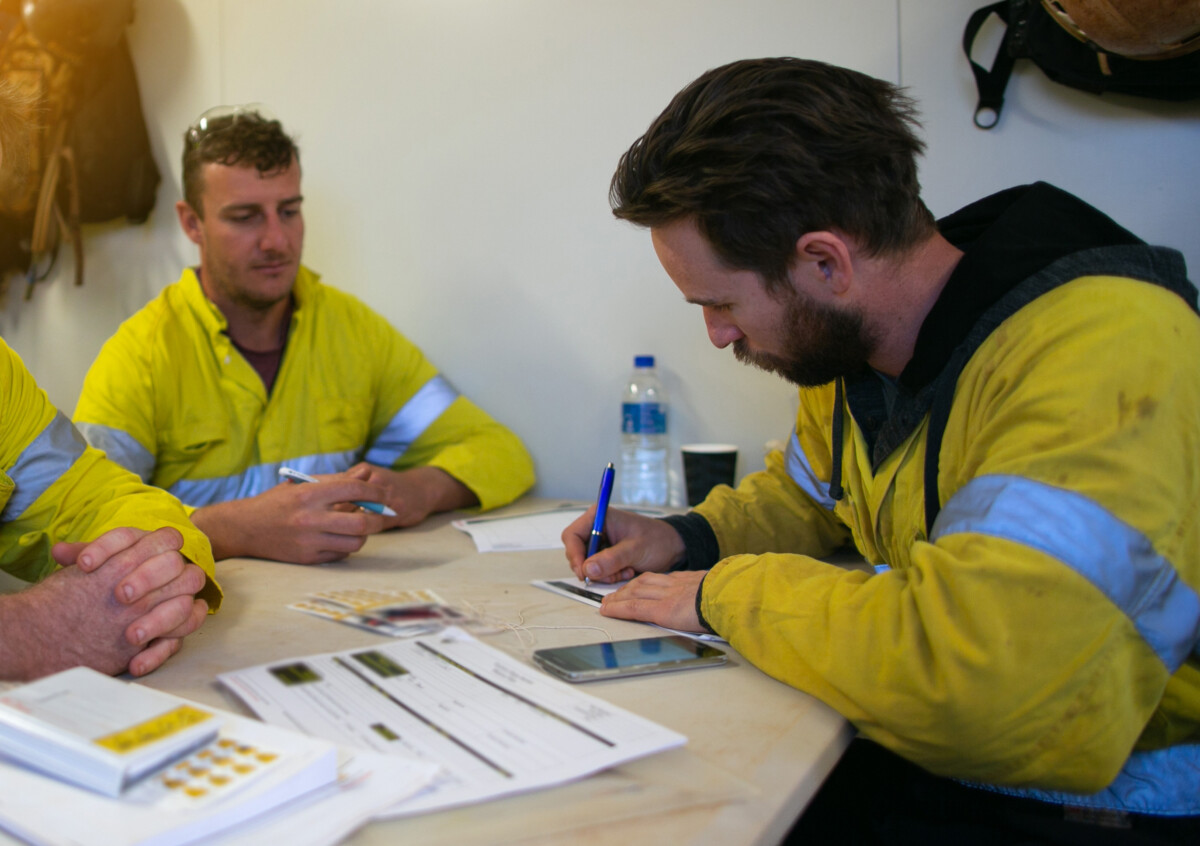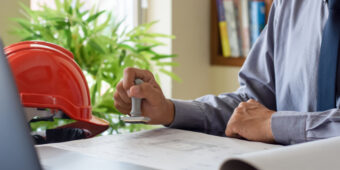Disaster planning
17 Mar 2023, Health & Safety, Prove Your Know How, Site Safe

Natural disasters such as the devastating Cyclone Gabrielle are forecast to increase, so all builders should have a plan in place to deal with the worst that might happen, says Site Safe. Here are some practical tips to help keep you and your workers safe
Those living in Auckland and surrounding regions in the North Island have recently experienced the swift and devastating impact caused by natural disasters.
Thousands were forced to leave their homes, many of which have been labelled as uninhabitable, after historically heavy rains caused widespread flooding in Tāmaki Makaurau/Auckland on January 27.
As Cyclone Gabrielle passed over the country in February, large areas of the upper North Island were again hampered by catastrophic storm conditions, heavy rainfall and flooding.
The deluge plunged the country into a national state of emergency, triggering widespread evacuations and causing at least 11 deaths (at the time of print).
Emergency Management officials are working tirelessly on recovery efforts from the extensive flood damage. Some experts suspect the clean-up could take many months and have significant economic repercussions.
Many leading climate scientists say these severe weather events are linked to climate change and that they’re likely to increase in severity and frequency as global warming continues.
Taking that into account, alongside the potential for natural disasters to strike at any time, it is vital organisations are prepared for anything, whether that be extreme flooding, earthquake, fire or tsunami.
The first step to being prepared is a decent emergency response plan. So, with that in mind, here are some handy tips to help keep you safe when disaster strikes on-site.
What is an emergency response plan?
In short, it’s a plan that addresses all reasonably foreseeable emergencies and allows organisations to holistically map out their approach to minimise the effects of an emergency on their workplace.
People come first:
- Make sure you have a system in place for getting in touch and everyone’s current emergency contact details.
- Know your headcount – how many of your team are on-site and need to be accounted for? If evacuation is required, take the register to the evacuation point, so you can sign everyone off.
- Check the sign-in register to make sure visitors are safe.
The key is being prepared!
- Know where the alternative exits are.
- Keep a list of your emergency equipment (such as extinguishers, fire blankets), when they were last tested and where they are located.
- Make sure workers know where the evacuation point is and ensure it’s in a safe place, away from obvious fire, earthquake or flooding hazards.
- Make sure everyone is aware of what the emergency procedures are, and remind them at Toolbox Talks or prestart meetings.
- Know where your nearest Civil Defence assembly point is.
- Keep a list of what’s in your Civil Defence kit.
- Where possible, make sure everyone has emergency supplies, like a ‘go bag’, which should be filled with water, food, a first aid kit and other emergency needs.
- Keep a list of people who have specific skills and responsibilities in an emergency and their contact details.
- Keep a list of fire wardens and the date they were trained.
- Keep a record of when your emergency plan was tested.
- Do regular trials of your plan to make sure it’s effective.
- Keep a list of emergency contacts, including useful services such as the doctor/medical centre, hospital, poison centre, local council, pollution hotline, neighbours, insurer, plumber and electrician.
- In case of a chemical/environmental emergency (like a diesel spill), store appropriate personal protective equipment (PPE), which is available for everyone onsite. Make sure everyone is trained in the safe control of the chemicals you have onsite and emergency procedures associated with their use.
When disaster strikes:
- Turn on your radio for advice and information.
- Know the Civil Defence warning signal.
- Know your nearest Civil Defence post and police station.
- Make sure you have provisions available in case you are stuck at work for several days.
- Report to your manager any events that harm people or damage property.
Site Safe’s expert Health and Safety Advisors can help you with all of your emergency planning needs, or you can download our free emergency response plan template available on our website at: sitesafe.org.nz/products-and-services/sssp
To find a full list of Emergency Response Planning tips for earthquakes, tsunamis, hazardous spills and fires head to the Site Safe website at: sitesafe.org.nz/guides–resources/practical-safety-advice/emergency-response-planning .
Site Safe is a not-for-profit, membership-based organisation that supports a culture of health and safety in New Zealand construction. For more information go to: www.sitesafe.org.nz
Register to earn LBP Points Sign in


